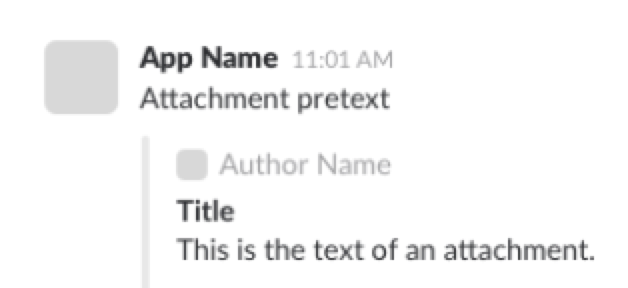
Here, you can change the site URL, which is used for determining where to redirect users after they confirm their email addresses or attempt to use a magic link to log in. On, you can go to Authentication -> Settings to change your auth settings for your project if necessary. Change authentication settings if necessary Use the API URL and anon key from step 3. You will be asked for a NEXT_PUBLIC_SUPABASE_URL and NEXT_PUBLIC_SUPABASE_KEY. When you click the button, replace the repo URL with your fork's URL. Here, we recommend forking this repo so you can deploy through Vercel by clicking the button above. These keys have to be kept secret and are meant to be used in server environments and never on a client or browser. NOTE: The service_role key has full access to your data, bypassing any security policies. This enables row level security for your data. Once they have logged in, the keys will switch to the user's own login token. It allows "anonymous access" to your database, until the user has logged in.

The anon key is your client-side API key.

Go to the Project Settings (the cog icon), open the API tab, and find your API URL and anon key. Once your database has started, run the "Slack Clone" quickstart. Sign up to Supabase - and create a new project. : hosted Postgres database with restful API for usage with Supabase.js.Supabase.js for user management and realtime data syncing.This is a full-stack Slack clone example using:


 0 kommentar(er)
0 kommentar(er)
